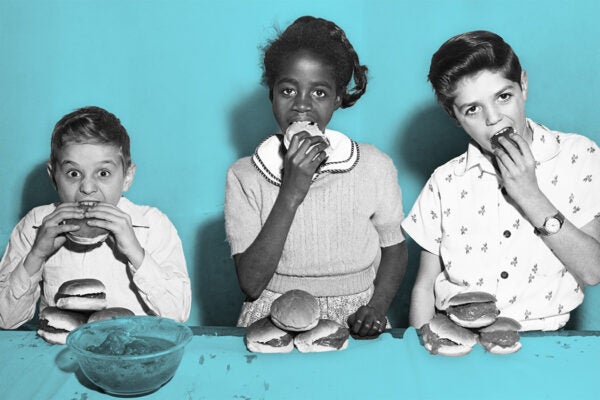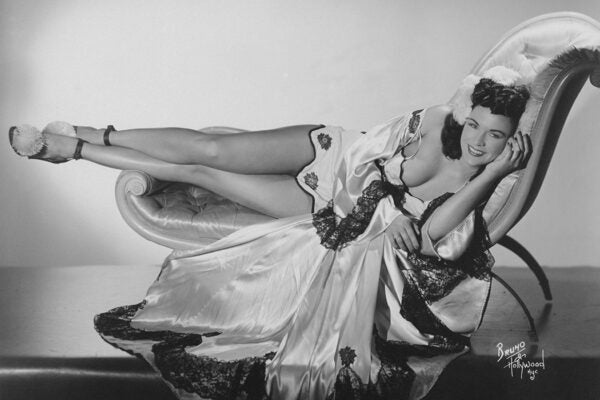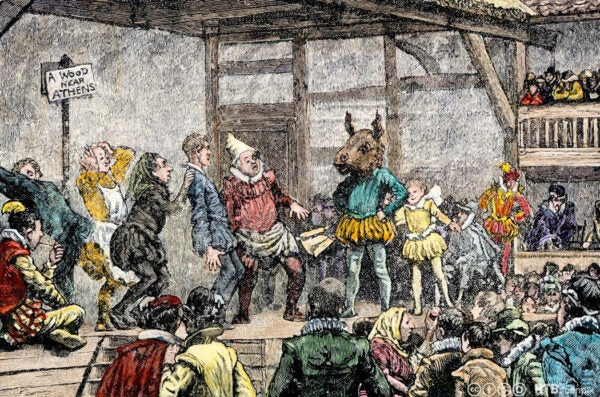The Curious History of Competitive Eating
The annals of competitive eating contests are full of more than just hot dogs.
The Enduring Drive-In Theater
Even as televisions spread across the American landscape, the drive-in movie theater grew in popularity in the years following World War II.
Burlesque Beginnings
From its nineteenth-century origins, burlesque developed into a self-aware performance art that celebrates the female form and challenges social norms.
Doctor Who, the Traveling Time Lord
Though they each arrive with an individual sense of humor and fashion, the fifteen Doctors reflect the political and social issues of their respective eras.
Shakespeare and Fanfiction
Despite an enduring slice of audience that treats his work as precious and mythic, most Shakespeare fans have rarely met an adaptive concept they didn’t like.
Christy’s Minstrels Go to Great Britain
Minstrel shows were an American invention, but they also found success in the United Kingdom, where audiences were negotiating their relationships with empire.
PG-13: Some Material May Be Inappropriate
The creation of the PG-13 rating in 1984 can be traced to a few key films: Poltergeist, Indiana Jones and the Temple of Doom, and Gremlins.
Nate Salsbury’s Black America
The 1895 show purported to show a genuine Southern Black community and demonstrate Black cultural progress in America, from enslavement to citizenship.
A Visit from La Befana
In the Catholic tradition, Epiphany is the day the Three Kings first met Baby Jesus. But in Italy, it’s also the day La Befana shows up with a basket of gifts.
The Nineteenth-Century Banjo
Derived from an instrument brought to America by enslaved Africans, the banjo experienced a surge of popularity during the New Woman movement of the late 1800s.










